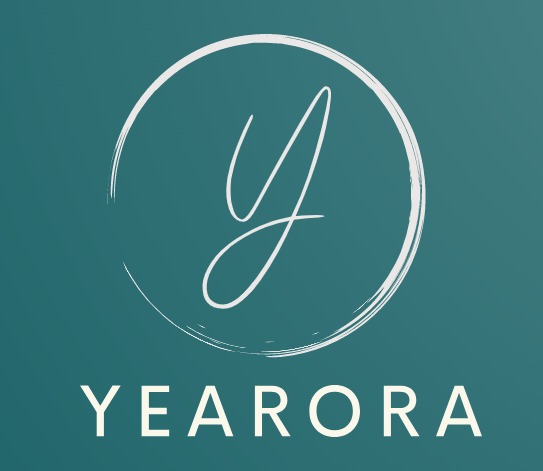Smartwatch Operating Systems: watchOS, Wear OS, and Tizen Leave a comment
The world of smartwatches has evolved significantly over the years, with a variety of operating systems powering these wearable devices. Among the major contenders of smartwatch operating systems are watchOS from Apple, Wear OS from Google, and Tizen from Samsung. In this guide, we’ll delve into the strengths and weaknesses of each smartwatch operating systems, helping you make an informed decision when choosing your next wrist companion.
watchOS (Apple):
Strengths:
- Seamless Ecosystem Integration: watchOS is the heartbeat of the Apple Watch, providing a seamless connection to the Apple ecosystem. If you’re an iPhone user, the compatibility is unrivaled, allowing for effortless data sharing, app integration, and notifications synchronization across your Apple devices.
- Extensive App Ecosystem: Apple’s App Store offers a vast selection of optimized third-party apps for watchOS, spanning fitness, productivity, entertainment, and more.
- Health and Fitness Prowess: The Apple Watch is renowned for its advanced health and fitness features, including precise heart rate monitoring, ECG recording, fall detection, and comprehensive workout tracking.
Weaknesses:
- Limited Device Compatibility: The exclusivity of watchOS to Apple Watch means it’s only accessible to iPhone users.
- Premium Pricing: Apple Watch can be relatively expensive compared to some competitors, making it less budget-friendly.
Wear OS (Google):
Strengths:
- Device Diversity: Wear OS is available on smartwatches from various manufacturers, providing a wide range of options for users with different preferences and budgets.
- Google Ecosystem Integration: If you’re immersed in Google’s ecosystem, Wear OS offers seamless integration with Google Assistant, Google Fit, and access to the Google Play Store for app downloads.
- Customization: Wear OS allows for extensive watch face and strap customization, enabling users to personalize their smartwatches.
Weaknesses:
- Performance and Battery Life: Some older Wear OS devices have faced performance and battery life issues, although newer models have improved in this regard.
- App Ecosystem: While the Google Play Store offers a variety of apps, it doesn’t match the extensive selection and optimization found on watchOS.
Tizen (Samsung):
Strengths:
- Samsung Device Integration: Tizen seamlessly integrates with Samsung smartphones and tablets, creating a cohesive experience for Samsung device users.
- Rotating Bezel Navigation: Many Samsung Galaxy Watches feature a rotating bezel for intuitive navigation, a unique and well-received feature.
- Fitness and Health Tracking: Samsung’s smartwatches excel in fitness and health tracking, offering features like heart rate monitoring, sleep tracking, and stress tracking.
Weaknesses:
- Limited Third-Party Apps: Tizen’s app ecosystem is not as extensive as those of watchOS and Wear OS, which can limit app availability and functionality.
- Device Compatibility: Tizen primarily powers Samsung smartwatches, restricting its use to Samsung device users.
Conclusion:
The choice of a smartwatch operating system ultimately hinges on individual preferences, device compatibility, and ecosystem allegiance. watchOS shines for iPhone users, offering unmatched integration and a rich app ecosystem. Wear OS offers versatility and is a great fit for those deeply embedded in Google’s services. Tizen is perfect for Samsung device users who seek robust health and fitness tracking but don’t necessarily require an extensive app catalog.
As the smartwatch landscape continues to evolve, these operating systems will likely see further enhancements and innovations. Whether you prioritize seamless integration, app diversity, or health features, the right smartwatch operating system awaits you in the ever-expanding world of wearables.







